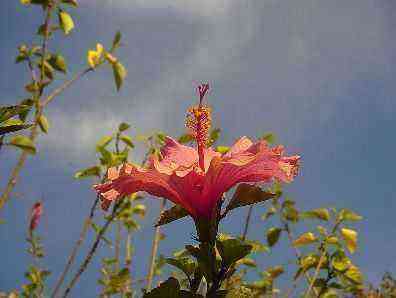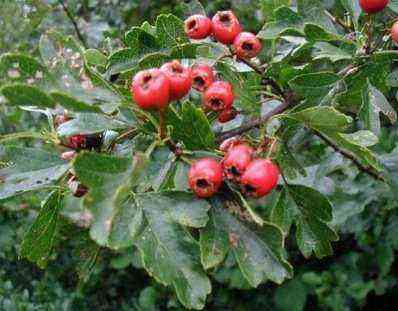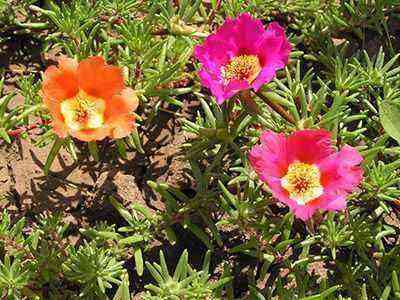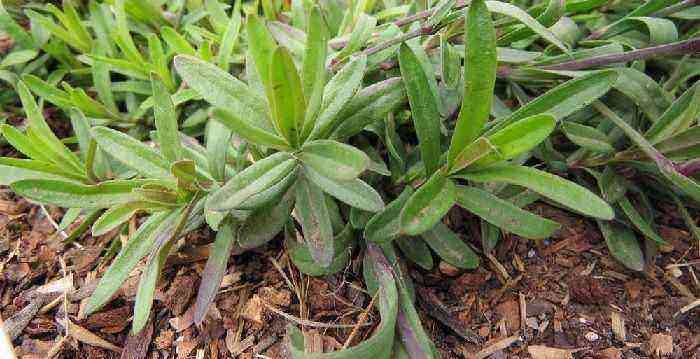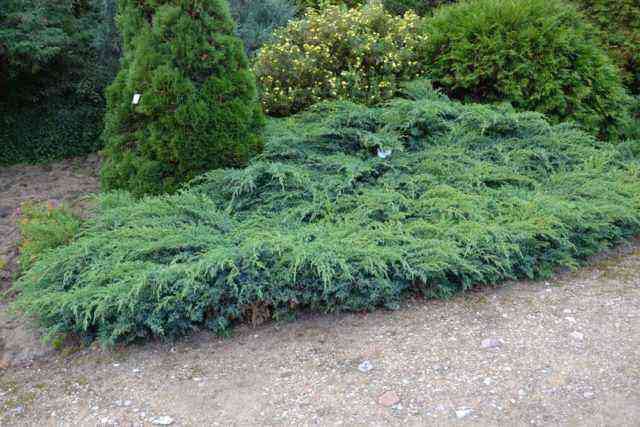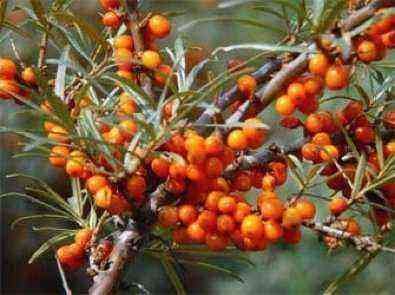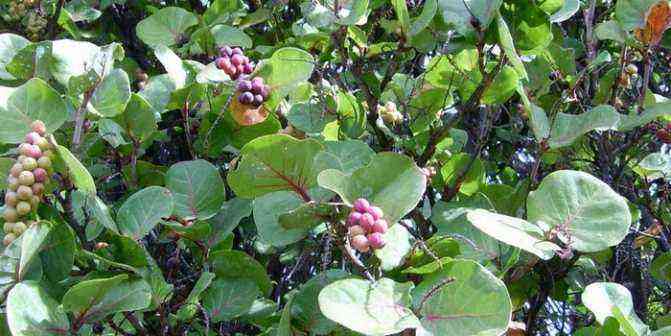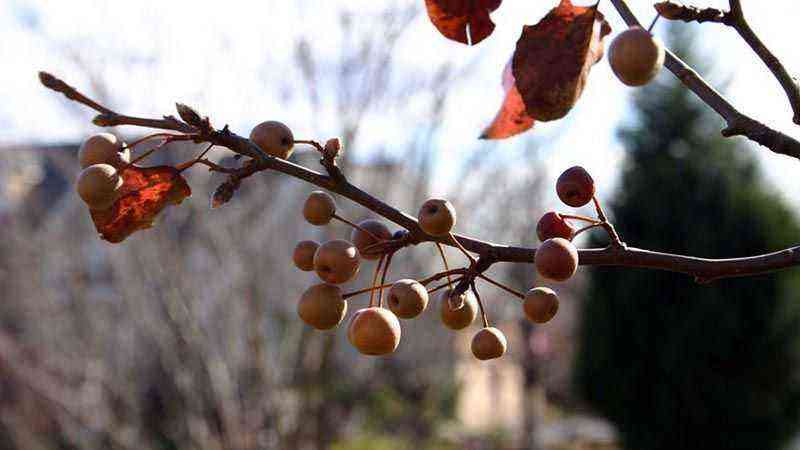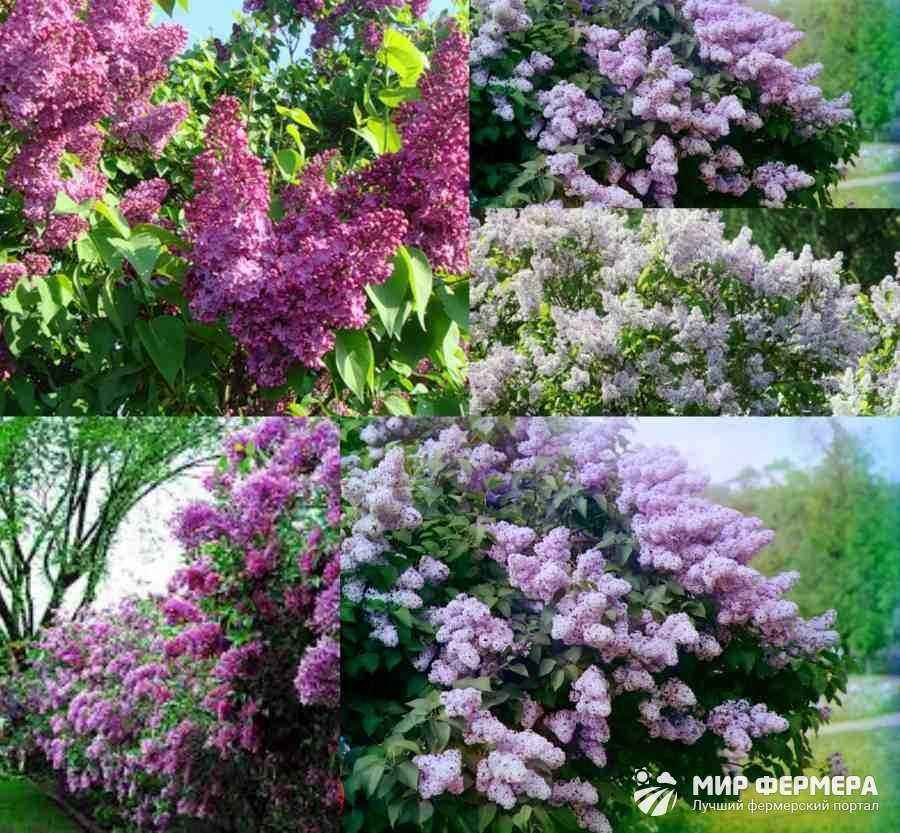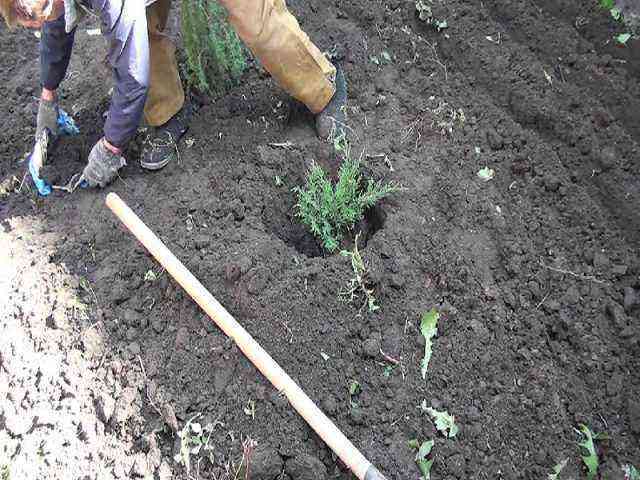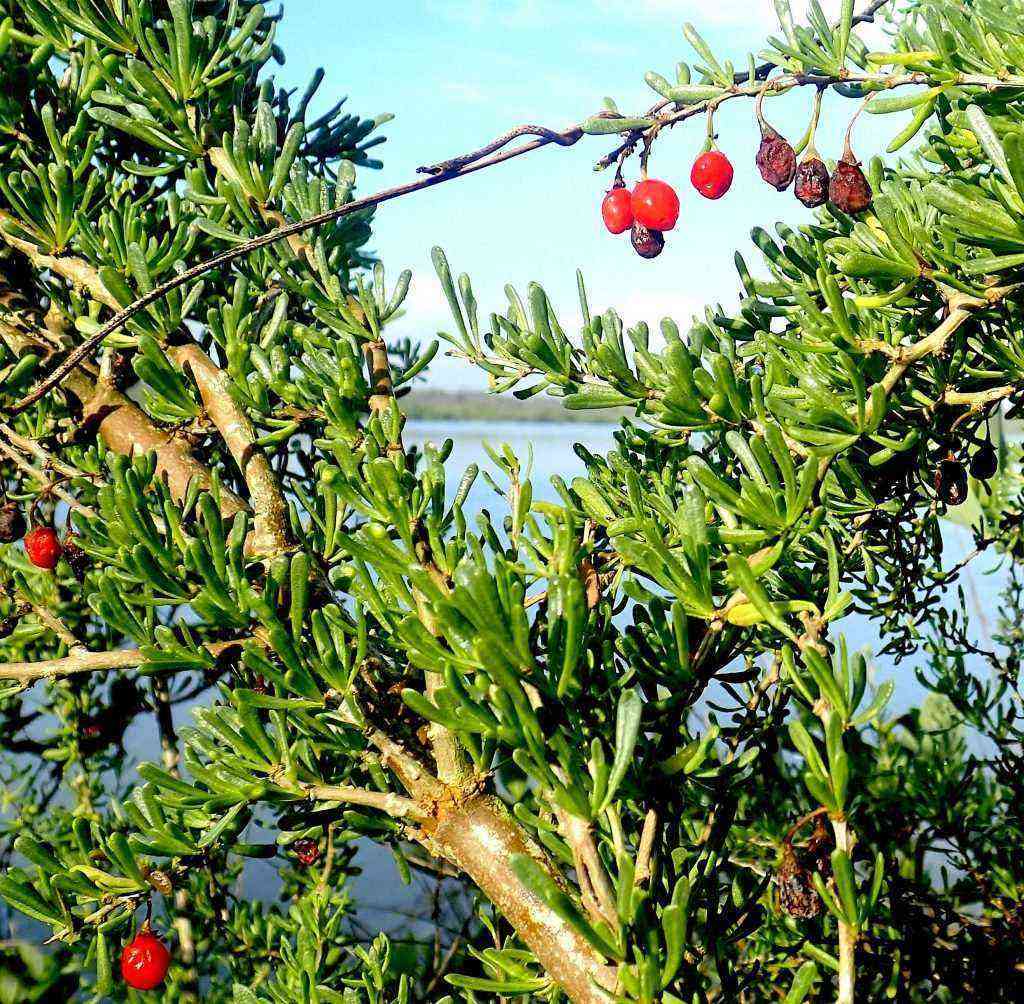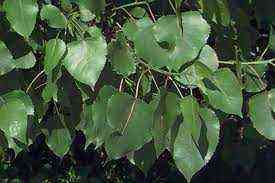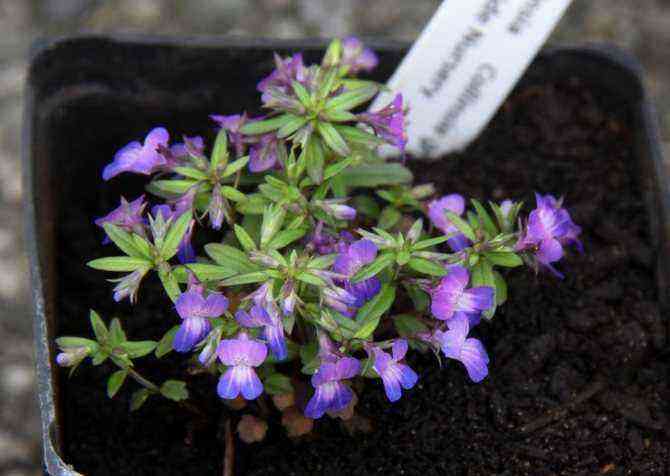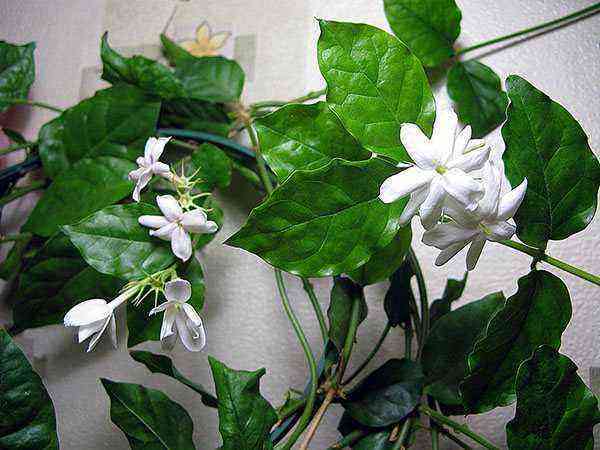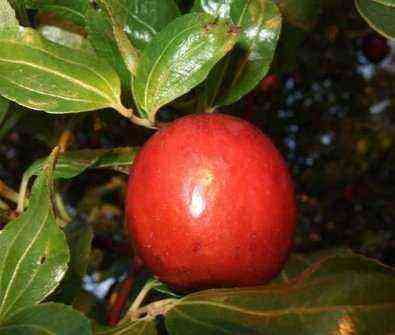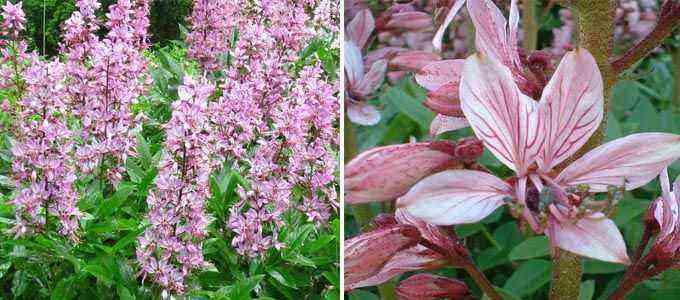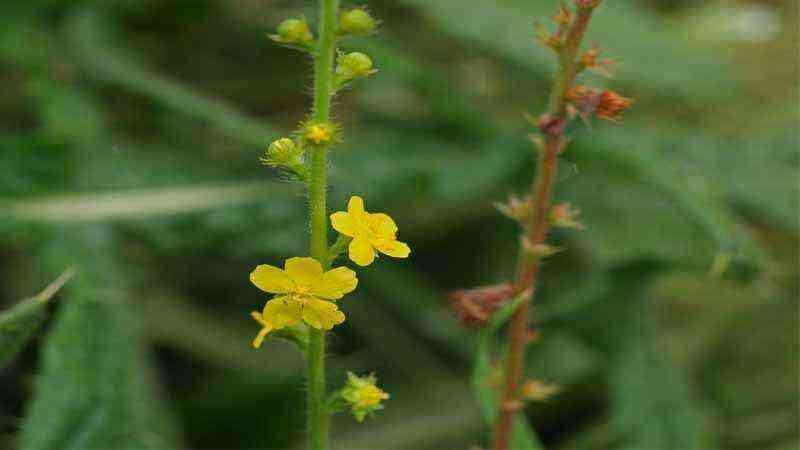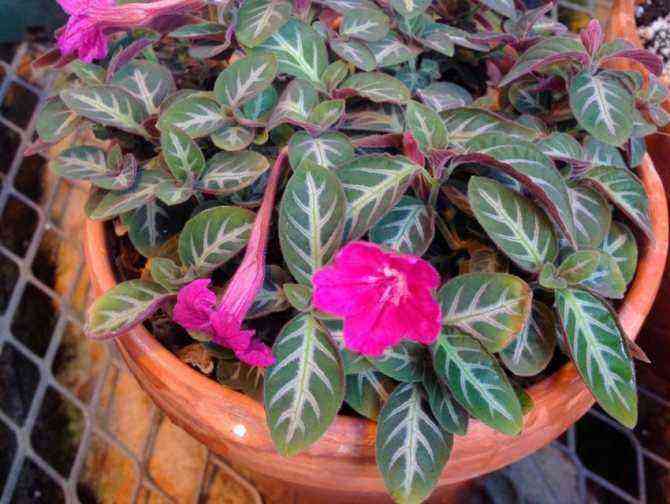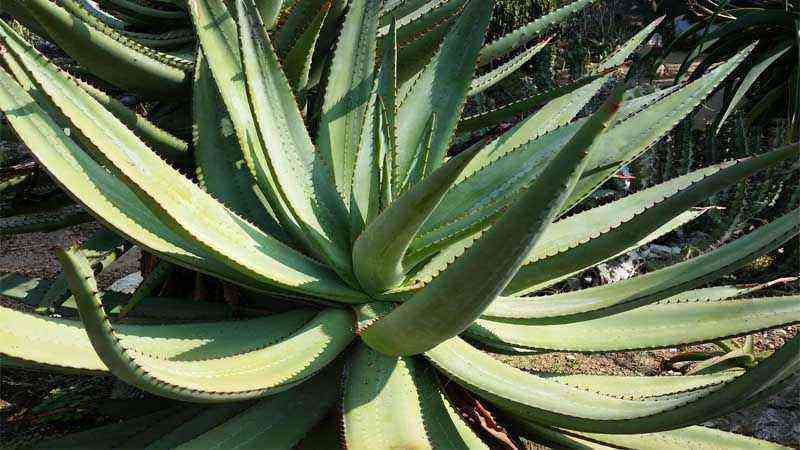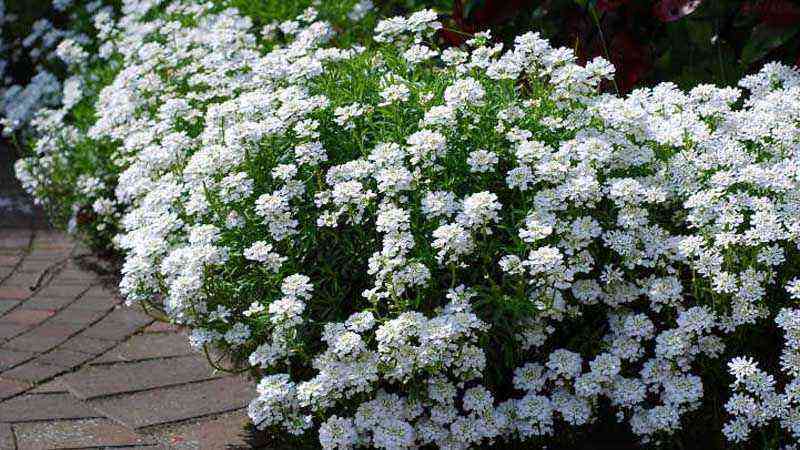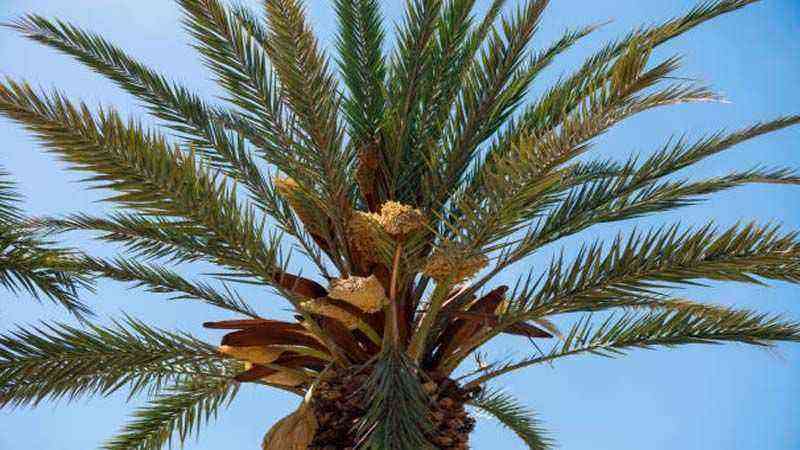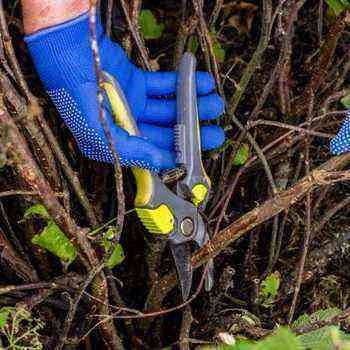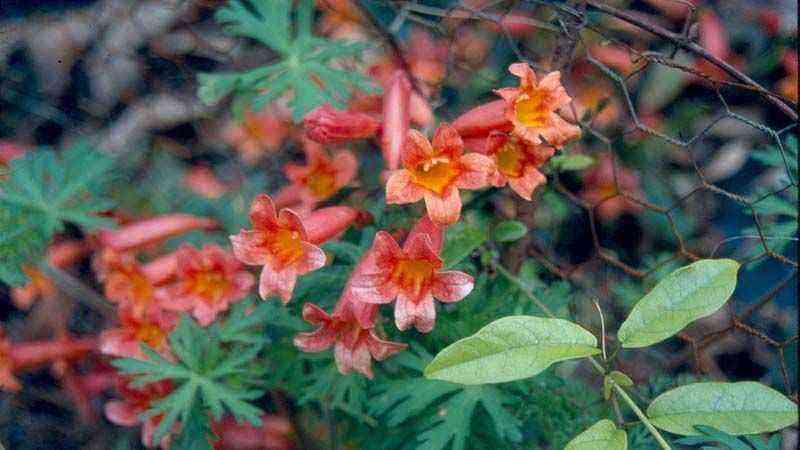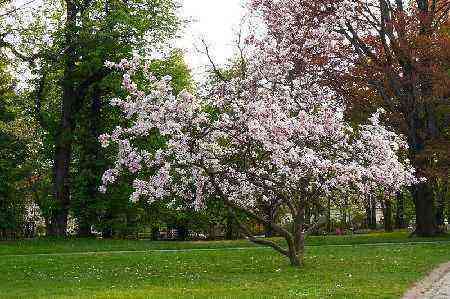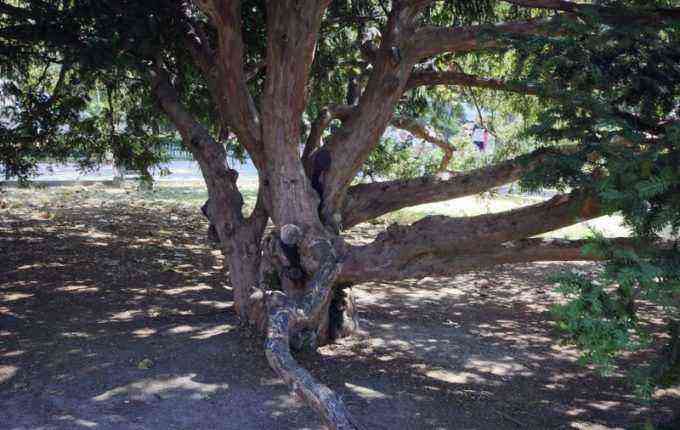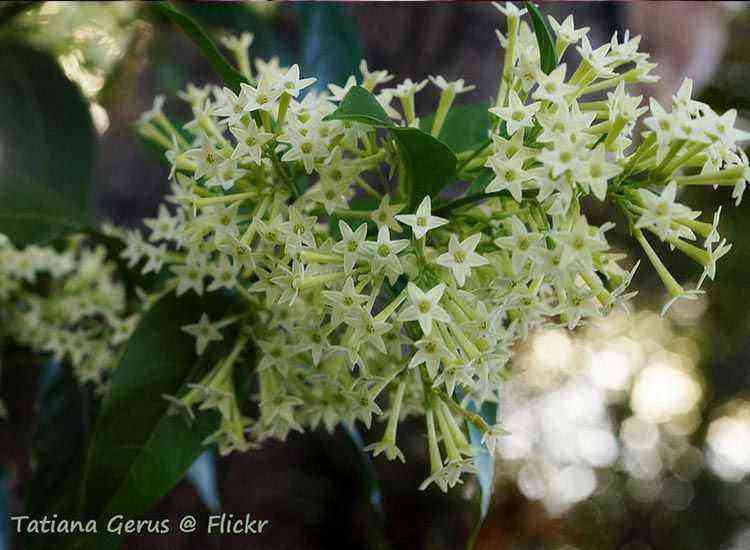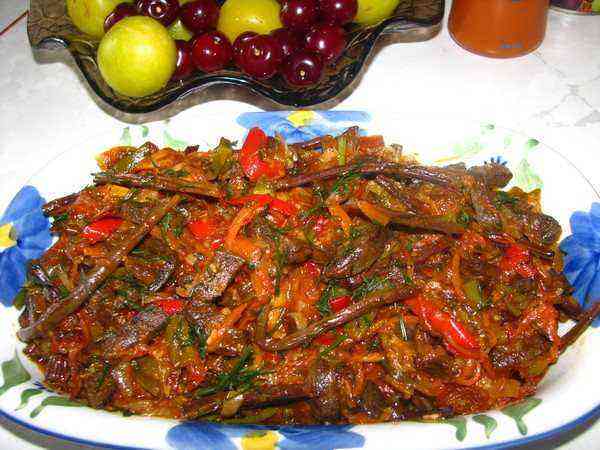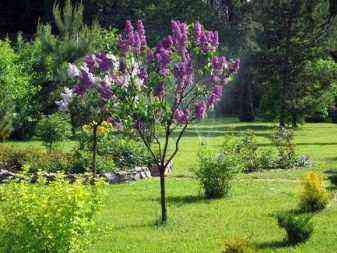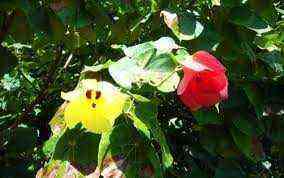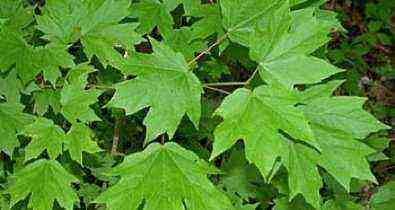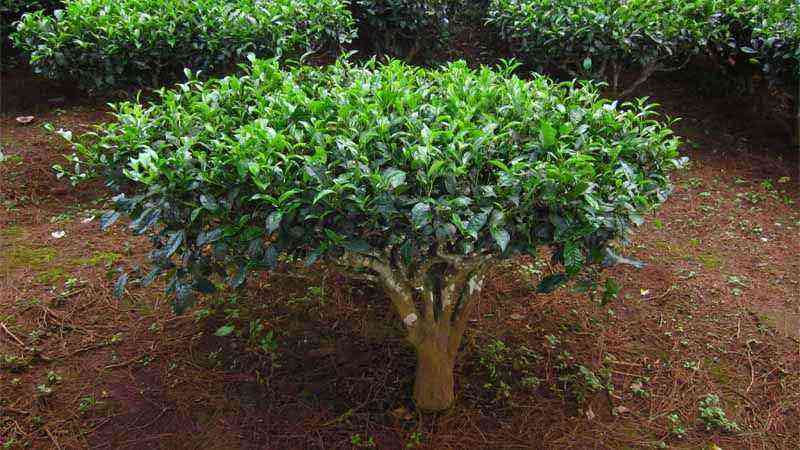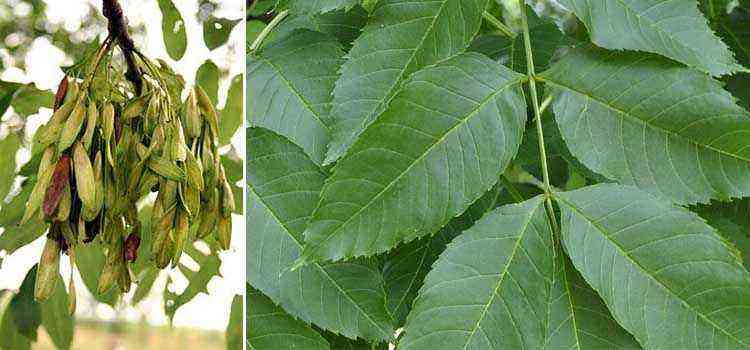Where edible plants and herbs grow
It may seem strange to some, but wild plants can really be eaten and, moreover, saturate the human body with the necessary useful components. They allow the traveler, if necessary, not only to satisfy hunger, but also to restore the supply of energy.
Leaves, stems, shoots, and even root vegetables can be edible, depending on the species. Each plant has an individual character, and therefore there is no one exact location of their growth. Some species settle exclusively in the thick of forests, while others – in voids. A very large number prefers to grow near water bodies, for example, along rivers. And least of all you can find them in the mountains.
Dandelion


Dandelion
Even small children can easily recognize the good old dandelion. This perennial herb belongs to the multicolor family. It is characterized by a green stem, up to 60 cm long, pinnate toothed leaves emerging from a basal rosette and yellow baskets. The fruit is an achene with a tuft of light gray hairs.
It grows mainly in the forest-steppe zone. You can meet him in open spaces, for example, in fields, along rivers, ditches, and in almost every yard and vegetable garden, as well as in the forest at the edges and along forest paths.
The flower has a valuable composition, which includes protein, vitamins A, C, E. All its parts contain milky juice, due to which it has a bitter taste. You can eat it raw, but not everyone will like the bitterness present. To get rid of it, it is better to boil the plant, but if this is not possible, at least pour it over with a portion of boiling water or hold it in salt water for several hours. The leaves will fit well into a salad, and the root is best eaten boiled or fried. He will act as a completely satisfying dish. And if you dry it and grind it finely, you can get a healthy herbal tea.
Semi-shrubs and shrubs used as spices and food plants:
white-felted dubrovnik, hyssop, big istode, capers, lavender, marjoram, creeping thyme, medicinal sage, rosemary, fragrant rue.
Garden plants
Gardening Society in Germany.
Garden
– a relatively small plot of land on which vegetables are mainly grown, although there may also be plantings of berries and fruit trees in the garden.
There are different types of vegetable gardens:
- in the village, the vegetable garden is usually located in the immediate vicinity of a residential building
- the same vegetable gardens are found in cities, in areas of individual development
- Gardening societies are large tracts of land with many vegetable gardens. Gardening societies are usually located on the outskirts of the city. Vegetable gardens in such societies usually belong to residents of apartment buildings, who do not have the opportunity to have a vegetable garden in the immediate vicinity of their homes. Gardening societies appeared in Germany at the beginning of the XNUMXth century and by the beginning of the XNUMXth century were widespread in Western Europe.
A small structure (garden house) is often arranged in the garden, intended for storing agricultural implements, as well as for resting people working in the garden (for example, in the rain).
Nettle
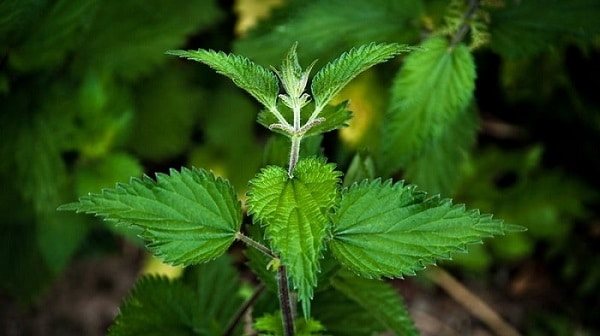
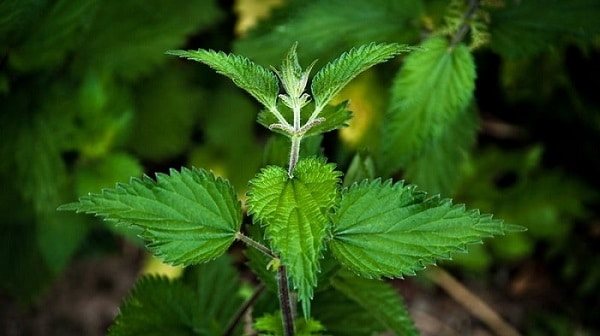
Nettle
Nettle scares away hikers with its strong stinginess. But, despite this peculiar property, it is not forbidden to eat it.
The plant is characterized by stems up to half a meter high and lanceolate leaves with sharp teeth around the perimeter. It is completely covered with hairs, giving it that very property of burning. Most often, nettles can be found along ravines, in clearings and in forests, mainly in dark places, for example, next to bushes.
Nettle is very nutritious, it contains vitamins C, B, K, carotene and acids. If there is a need to eat raw leaves, then initially it is necessary to scald them with boiling water, and then cut into pieces or roll them up. It is best if you can cook them for 5-6 minutes. This will allow any formic acid to evaporate, giving the plant a neutral flavor. Under domestic conditions, the leaves are added to the cabbage soup, the stems are fermented, and the juice is taken as a tincture.
Application
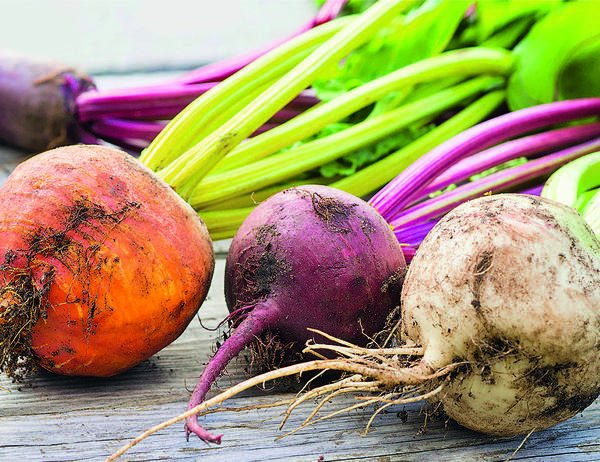
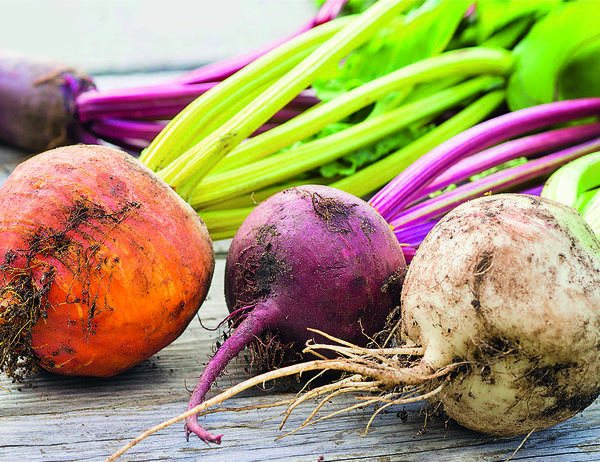
Root crops make up a significant part of the diet of residents of many countries of the world, including Russia.
Root vegetable crops are widely cultivated in our country, especially popular carrot, beet, radish… Root crops are rich in carbohydrates, contain many minerals, vitamins, proteins and other substances the body needs.
Root crops are eaten in various forms: raw, stewed, boiled, fried, dried, canned.
Carrots, beets, turnips and rutabagas are grown as fodder root crops in Russia. These root crops provide a lot of juicy mass, which contributes to better assimilation by animals of roughage and concentrated feed.
Root crops are widely used in medicine. Indications for the use of a particular root crop are due to the beneficial substances contained in it.
For example, carrots are used to treat hypovitaminosis, radishes as a diuretic, beets and turnips to improve digestion.
Wild onion
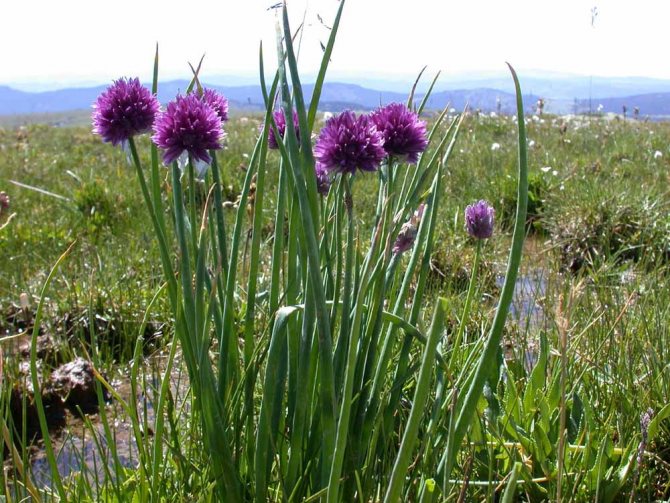

Wild onion
Many edible plants are rarely eaten, but not wild onions. It is very common in cooking and is used by some peoples alongside common green onions. If he met on the way, then you can eat him with peace of mind.
Perennial grass often grows in pastures, fields and forests. It can be distinguished by its long, bare stem, arrow-shaped leaves and a spherical basket of white-lilac flowers.
All green parts of the plant can be eaten fresh or dried. For use in its raw form, additional processing is not required, it is enough to rinse it thoroughly. Onions are dried in the open air or in the oven, after which they are chopped and used as a seasoning.
Mixed style of territory decoration
Arbitrary planning of a vegetable garden and garden is a budget option for landscape design without strict zoning. Ideal for a site with uneven terrain, a variety of outbuildings in different places.
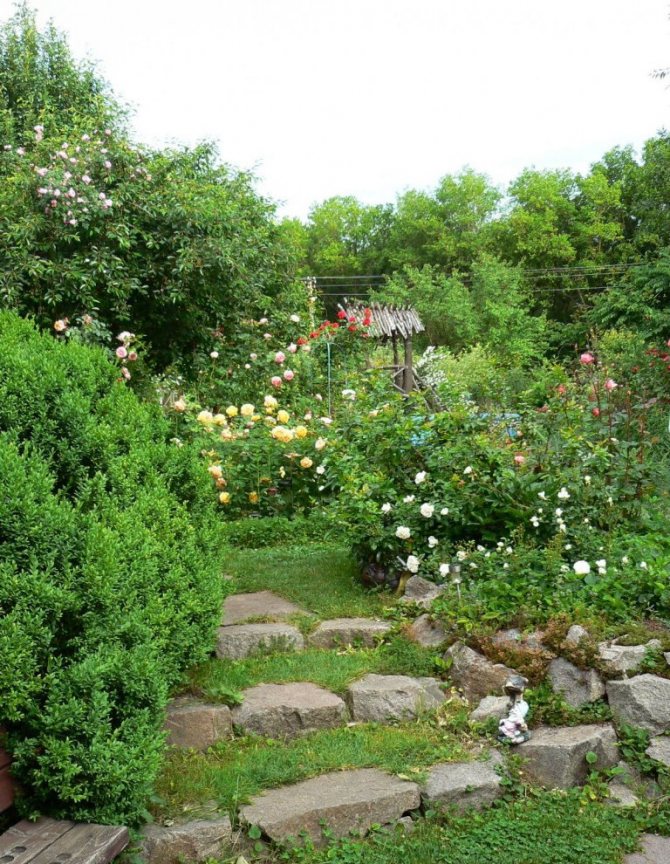

Mixed styling works equally well for small and large areas
First, they mark the buildings on the plan, shade the shady areas. For cultural plantings, sunny areas of the territory are used; on the rest, paths are laid, flower-stone compositions, lawns are made. Achieve the rational use of all corners of the site, combining garden plantings with decorative ones. Useful crops are harmoniously woven into the design of the site, give a good harvest.
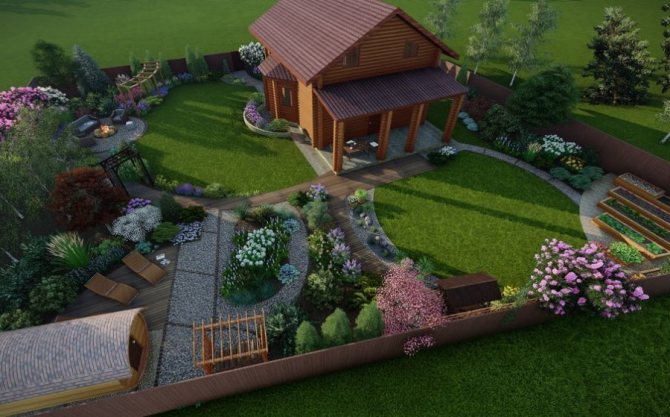
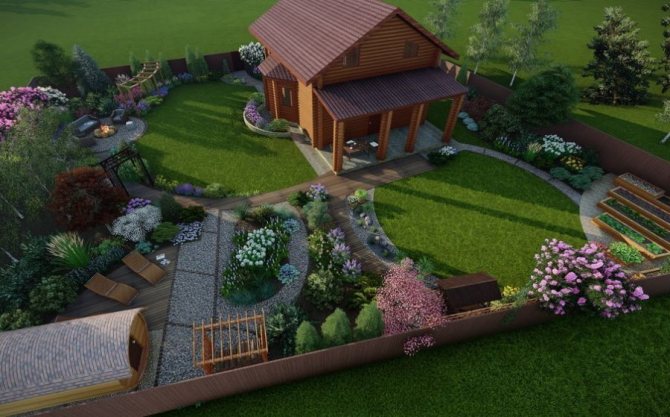
With a mixed layout, plants are planted according to a previously thought out scheme, but not in a strict order, but in groups, combining fruit trees and shrubs with ornamental vegetation
When distributing a plot for fruit and stone fruit crops, the growth of the crown should be taken into account. Fruiting crops can be used for background vegetation.
Mokritsa


Mokritsa
Woodlice is known to many as a weed, so I do not know everything about the edibility of this herb. This valuable plant has a branchy creeping stem, along which there are multiple oblong leaves. The flowers are white and star-shaped.
The leaves can be eaten raw or cooked. They have many useful components: vitamins A, C, E, iodine, potassium. The taste of the plant is absolutely neutral, so you can eat it both independently and as part of dishes and salads.
Selection of ornamental plants
Berry bushes are chosen in terms of yield and decorativeness. Gooseberries, currants are suitable for border and zone planting, hawthorn, red bird cherry, chokeberry – for hedges. Barberry, honeysuckle tolerate haircut well. Raspberries and blackberries are placed along the fence, along the boundaries of the site, or in rows near outbuildings. Cornel, irgu, viburnum, red-leaved apple trees are planted as ornamental plants.

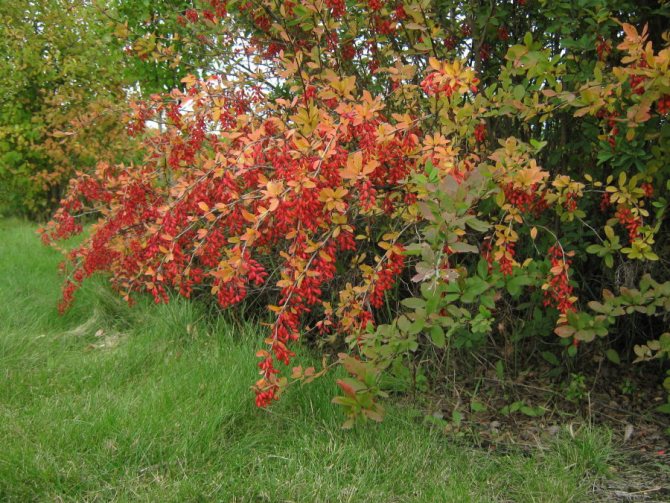
For a small area, it is better to select unpretentious plants that can fulfill a dual role. For example, barberry – on the one hand, it is a beautiful ornamental plant, and on the other hand, it is a joy for culinary experts and connoisseurs of traditional medicine.
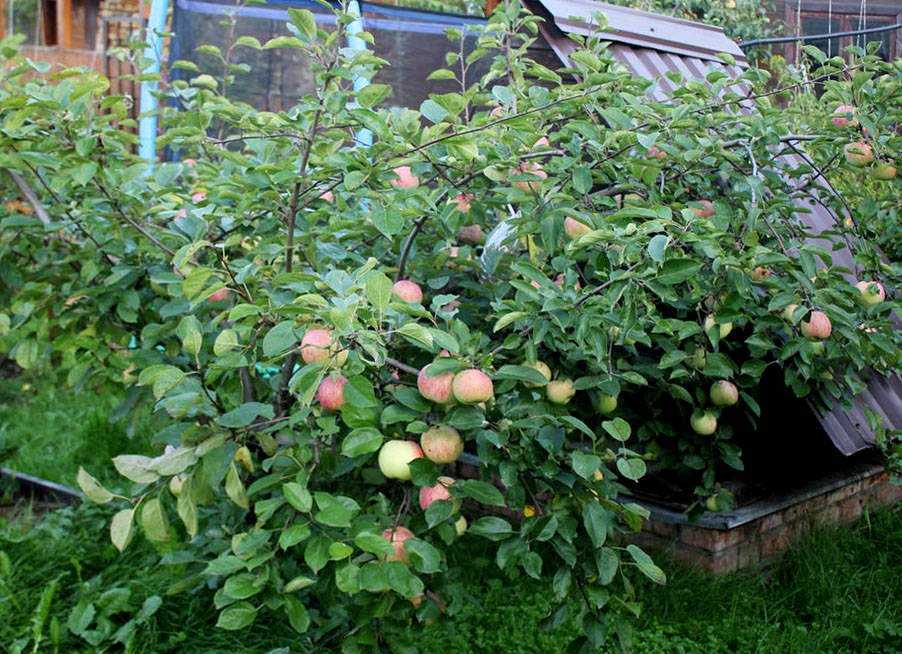

Dwarf apple and pear trees – another practical solution for a small area
When planning a vegetable garden, beds, plantings, the design takes into account the compatibility of plants, the biological characteristics of crops, the requirements of agricultural technology: the frequency of watering, the requirement for lighting.
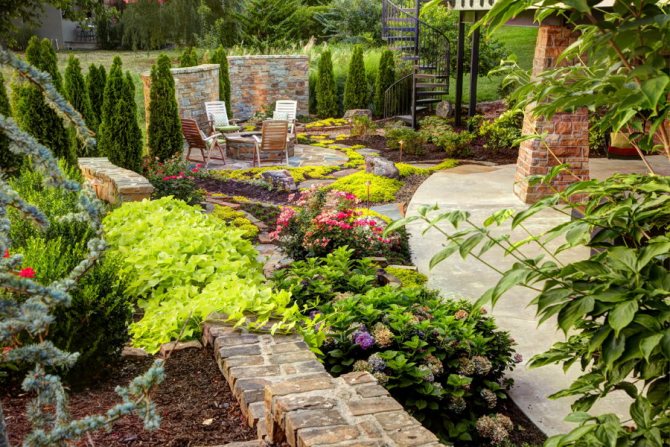

Planting a variety of plants on the site will allow you to enjoy an attractive view throughout the year
You need to plan landscaping for the entire season. Perennial flowers are added as annuals, taking into account the flowering period, so that there are flowers in different parts of the plots throughout the season. In the front area, shrubs are placed that change the color of the leaves in the fall. Unpretentious crops are placed in hard-to-reach places that require care – in a free access zone. Cultures combine compositionally, coniferous crops – with deciduous ones.
For the decorative design of rockeries, you can use spicy herbs, different types of salad. Flowers are planted on vegetable beds that repel pests.

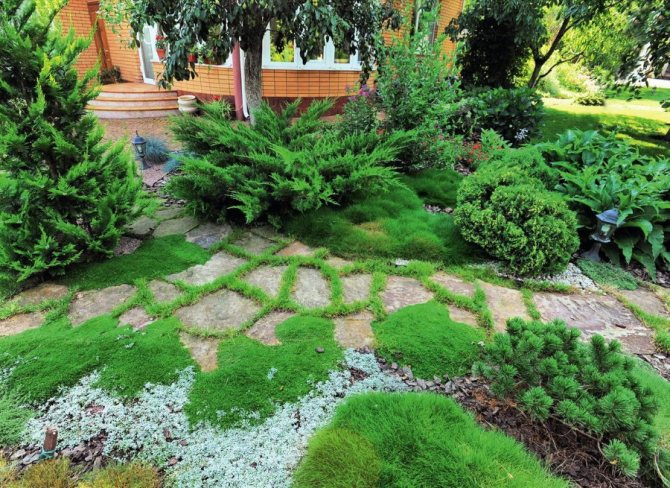
Do not forget about ornamental plants, which play an important role in the general atmosphere of the garden area.
Options for planning a garden and a vegetable garden on a site with diagrams, photos of the best design solutions are presented in the selection. Other people’s works inspire to embody their own ideas.
Quinoa

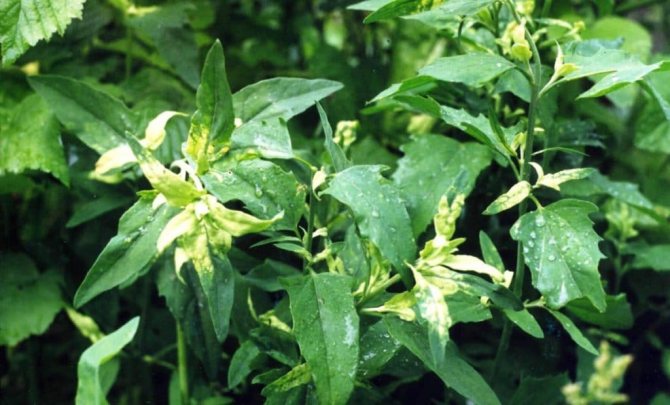
Quinoa
Many summer residents come across this grass every year. It can have a green or reddish tint. Its leaves are lanceolate or spear-shaped. Depending on the species, it can reach a height of 50 to 150 cm.
You can eat it fresh, or you can boil it in a little water. It is often used for the preparation of medicinal broths, as it contains a large amount of protein, fiber and organic acids.
Mug
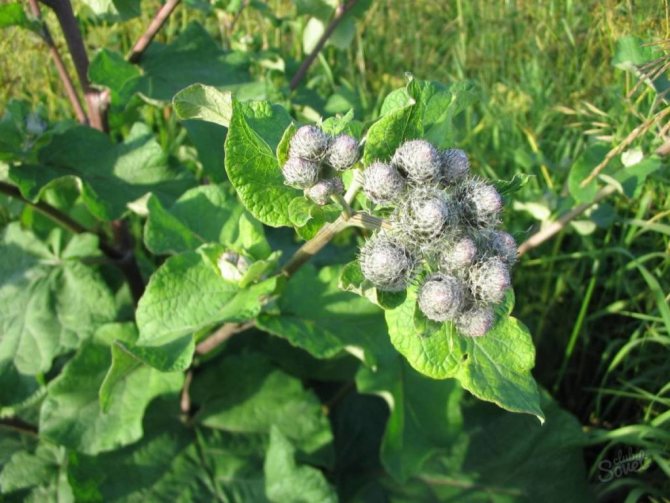
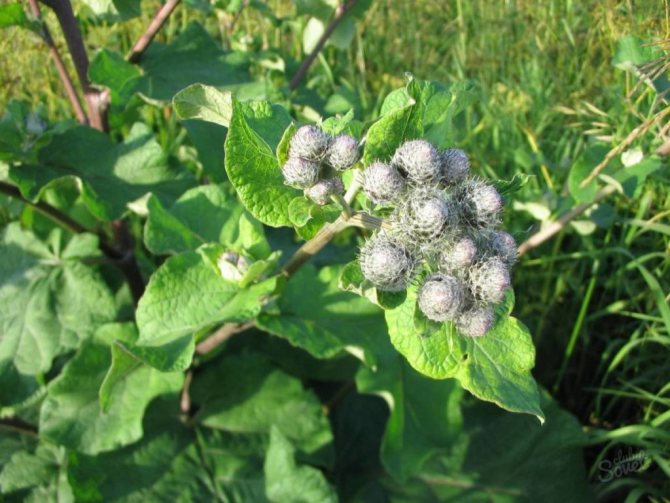
Burdock large (burdock)
This plant is most often found in ditches, river armholes, forested areas and hollows. It is very easy to distinguish it: the trunk is thick and long, sometimes exceeding 1,5 m, the large leaves are heart-shaped, the inflorescences-baskets of purple color are covered with thorny needles.
Fresh leaves are often boiled in soups. But special attention is paid to the edible root of the plant. It can be eaten raw, or you can apply heat treatment, for example, bake in a fire. In structure, it is very similar to an ordinary potato.
Horse sorrel (wild sorrel)


Horse sorrel
Wild sorrel is an edible plant familiar to many. It is very similar to its small brother, the common sorrel. The difference lies in the size and structure of the leaves, which are much larger and stiffer in the equine species. The total plant height can reach two meters in height.
Due to the fact that the leaves are quite dense, they do not taste as good as that of the usual species, but they are quite edible. All parts of the plant are rich in tannins, essential oils, vitamins and trace elements. And if the root is better used for making decoctions, then the leaves and petioles can be eaten fresh, for example, as part of a vegetable salad.
It is often found in forest and forest-steppe zones, in meadows, and horse sorrel loves wet swampy areas.
Fruit, garden plants. – Plants of the Moscow region.
Leaves and buds. The leaves of PA plants are very diverse in shape, size, color and location on the shoots. Each leaf consists of a plate, as well as a petiole. The place of attachment of the leaf to the shoot is called the node, and the part of the stem between the two nodes is called the internode. The angle between the base of the leaf petiole and the stem extending upward from it is called the leaf axil. The leaves on the shoots are arranged in a certain order; in PL plants, the next arrangement is more common. Leaves play an extremely important role in plant life. Photosynthesis takes place in them – a complex process of assimilation of carbon dioxide. In the process of photosynthesis, plants, using water, carbon dioxide and mineral salts, create starch, proteins, sugar, and fats from them in the light with the help of chlorophyll, which are necessary for building all their organs. The essence of photosynthesis occurring in the leaves of plant PUs is as follows. From the air to the leaves through the stomata, carbon dioxide enters, and from the stem to the leaves – water with dissolved mineral salts obtained by the roots from the soil. Chlorophyll, contained in the protoplasm of the cells of the pulp of the leaves, has a remarkable ability to capture solar energy and use it to synthesize organic compounds. Therefore, in the light in the leaves, thanks to chlorophyll from water and: carbon dioxide, one of the simplest organic substances is synthesized – a carbohydrate – grape sugar, or glucose. The process of glucose formation can be expressed by the following formula: 6CO02 + 6H20 + light energy = C6H1206 +6 02. It is estimated that 180,17 small calories of light energy are spent on the formation of one gram-molecule of glucose (67400 g). Plants synthesize all other organic substances from grape sugar and mineral salts: various carbohydrates, fats and proteins, which are used to build flowers, fruits, stems, leaves and roots. Excess grape sugar is converted into starch, which is deposited in the stems, fruits and roots of the plant PU (for the winter) in the form of nutrient reserves. Thus, PL plants, like all other green plants, form glucose and other organic substances from carbon dioxide and water under the influence of sunlight. All of the above allows us to conclude that the more leaves a plant has PL, the more vigorous their development and the higher the fruit yield. In addition to the important role of the formation of nutrient organic substances, which the leaves play, They also have another great importance: the leaves are the organs through which plant respiration and moisture evaporation take place. And the axils of the leaves form buds in summer and are fully formed by autumn. In tree species, the buds are usually most developed, located on the middle lobe of the shoot, and in shrubs, in the lower part of the shoot. Buds are growth, fruit and dormant. From growth buds, either long growth shoots or short branches with a rosette of leaves develop. Only flowers can develop from fruit buds, and then the buds are called flower buds. Leaves can also develop. In the case when not only flowers, but also leaves develop from a fruit bud, the buds are called mixed. Fruit buds are always formed at the top of the shoot and differ from growth buds in larger size and rounded shape. The dormant buds of PA plants are poorly visible. They can be at rest for many years, waking up only after pruning, freezing, drying out and other damage to the plant. Awakened dormant buds most often develop long shoots with large internodes. Such shoots are called tops or fat shoots.
Sneep
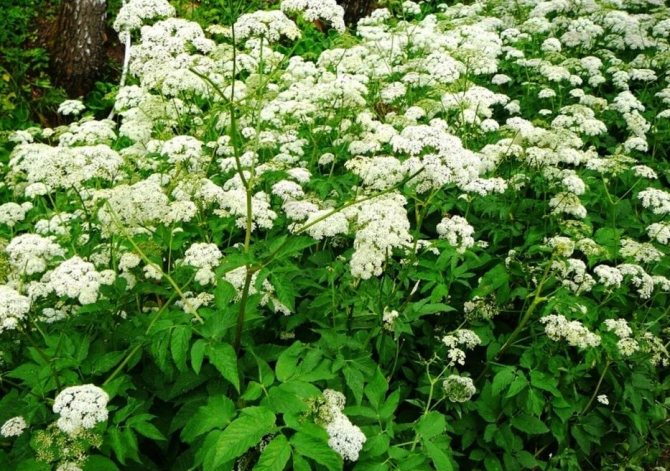
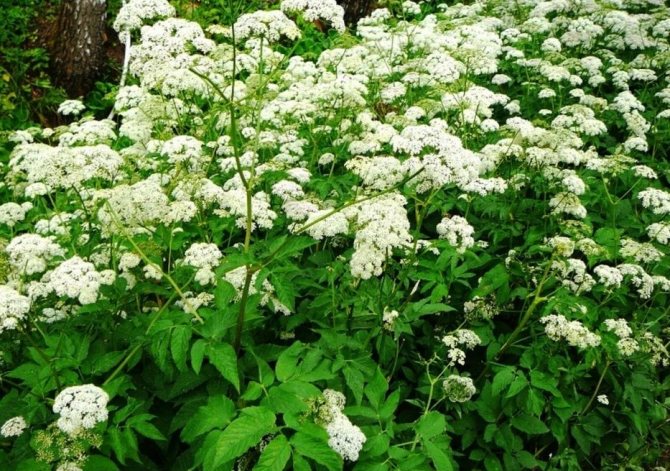
Sneep
Perennial plant of the umbrella family. On long, thin stems, there are a large number of oblong leaves. Depending on the location, this edible forest plant may have an umbrella of small white flowers on top. They appear in conditions of abundant sunlight. Prefers the territory of wastelands, deciduous forests, forest edges.
It is best to eat young shoots, leaves and petioles. They can be identified by their very light, almost transparent yellowish-green color. Before you start eating the plant, it must be boiled for at least 1-2 minutes. In this case, the skin must be removed from the stem. The cooked leaves are delicious with butter. It is very often added to soups.
What are the best trees to plant?
Trees create a special atmosphere of comfort and color. The location of fruit and stone fruit trees depends on the groundwater level. Crops need good drainage, space for root growth, and ample light. They will not grow in lowland and flooded places.
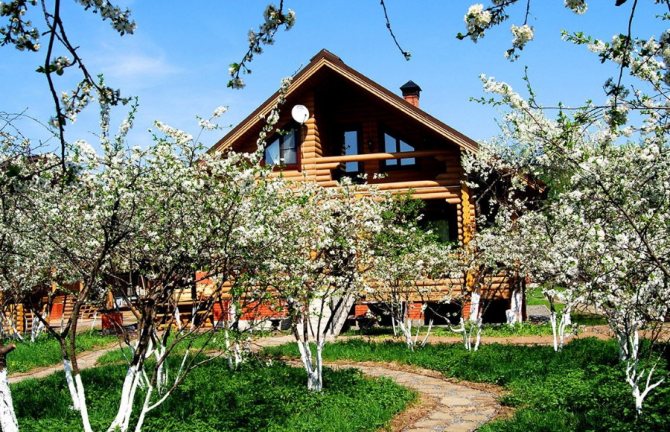
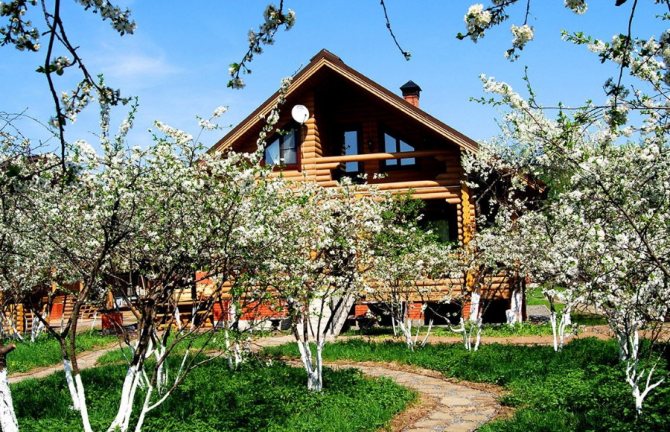
Fruit crops are selected taking into account their further growth and the need for pollination

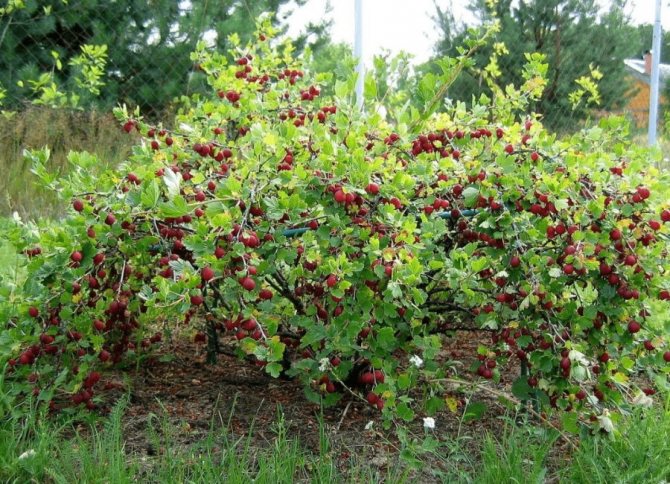
When planting low-growing berry bushes, take into account their need for sunlight
There is a standard set of fruiting zoned crops, apple, pear, plum, cherry trees are chosen from this list (they grow throughout Russia). In the middle lane, apricot bears fruit, mulberry grows, sea buckthorn grows in the Urals and Siberia. Conifers of trees and shrubs always look advantageous.
Yarrow
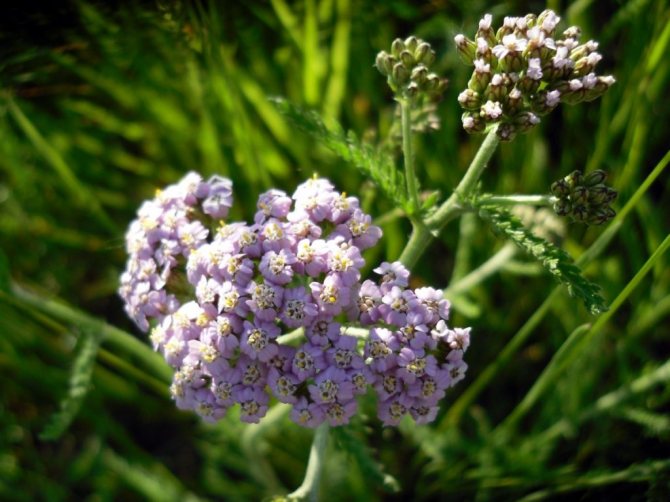
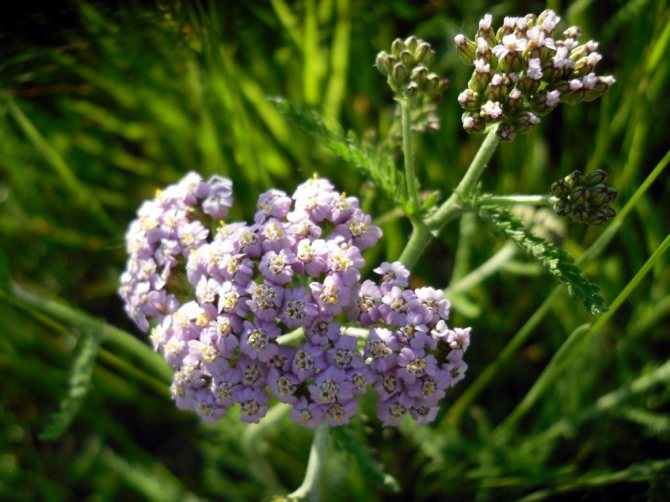
Yarrow
A widespread perennial plant from the Asteraceae family. It is characterized by a long, straight stem, lanceolate leaves and small flowers of white or pink color, collected in a dense scutellum.
You can meet him almost everywhere: along paths and roads, in meadows, wastelands, in the forest zone. Shoots, leaves and flowers are eaten. Due to its bitter taste, it is usually consumed in dishes or dried as a seasoning.
references
Wikimedia Foundation . 2010 .
See what “Garden Plants” is in other dictionaries:
- – (Gen. 1: 30, Job 39: 8, Ps.36: 2, Prov. 15:17, Luke 11:42, Rom. 14: 2) these include: greens and garden plants in general, melons, pumpkins , cucumbers, onions, garlic, beans, peas, caraway seeds, dill, mint, bitter herbs, etc. and so on. see about them under their names … the Bible. Old and New Testaments. Synodal translation. Bible Encyclopedia Arch. Nicephorus.
PLANTS
– To see flowering plants in a dream – in reality you will experience a feeling of satisfaction and surprise when you hear a compliment from your husband, which has not been noticed for a long time. Garden plants mean a cordial relationship between loved ones. Garden plants – … … Dream interpretation of Melnikov
Plants containing specific substances that, under a certain exposure (dose and duration of exposure), can cause illness or death in humans or other animals. In the plant world there are thousands of toxic substances, which are usually … … Collier’s Encyclopedia
Plants cultivated for beneficial purposes. Dictionary of foreign words included in the Russian language. Chudinov AN, 1910. CULTURAL PLANTS Plants cultivated for useful purposes. Explanation of 25000 foreign words that have come into use … Dictionary of foreign words of the Russian language
Honey plants, a large group of angiosperms from which bees collect nectar and pollen (See Pollen); M. p. fodder base for beekeeping (See Beekeeping). Honey glands producing nectar Nectars in the form of flat dots, tubercles … Great Soviet Encyclopedia
– (Victoria) name of famous varieties of very different garden and garden plants, mostly in honor of the reigning Queen of England. The most famous of them are: 1) Peas for hulling, with white, round, slightly wrinkled, large grains … Brockhaus and I.A. Efron
This term has other meanings, see Vegetables (meanings) … Wikipedia
– (Brassica L.). A genus of plants from this. cruciferous (see). Annuals, biennials and perennials with pinnately separate or lobed leaves. Sepals spread out or raised horizontally; petals are yellow or white, sometimes with … … Brockhaus and I.A. Efron
A) General overview of terrestrial and freshwater fauna and zoogeographic regions of the RR all lies within the Palaearctic region, which occupies the whole of Europe with adjacent islands, sowing. app. Africa, the Azores and Canary islands, a narrow coastal strip … Encyclopedic Dictionary of F.A. Brockhaus and I.A. Efron
Books
- The garden of your dreams. Flowers and Plants, Bernie Jeffrey, Toogood Alan. The book contains tips for caring for a variety of common and exotic plants, including garden and berry crops. Using them, you can grow any … Publisher:
Continuing the theme of the ornamental garden, let’s talk today about the decorative placement of vegetable plants. The possibilities of placing garden plants depend, first of all, on the area of the site, its relief, general design and are determined by the variety of the assortment. Its range is very wide and includes flowering, decorative leafy, beautifully fruiting, tall and low plants, forming carpets and, conversely, climbing high up the supports, drought-resistant and growing in water, sun-loving and preferring extremely shady places, with a short growing season (ephemeroids) and evergreens, etc. Let us consider in more detail the main decorative properties of vegetable plants.
Lungwort (pulmonary)
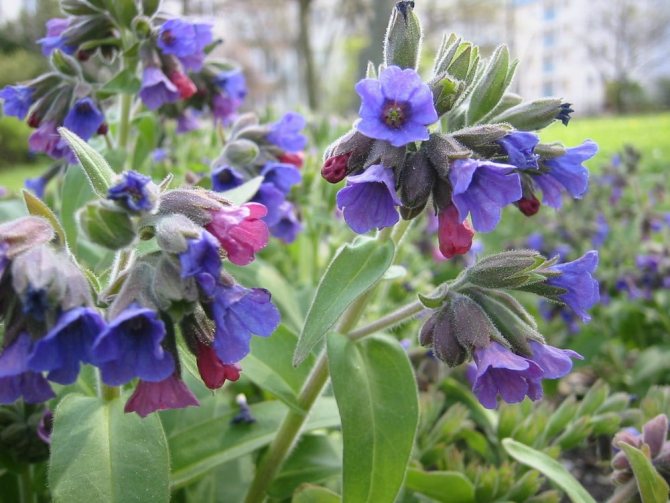
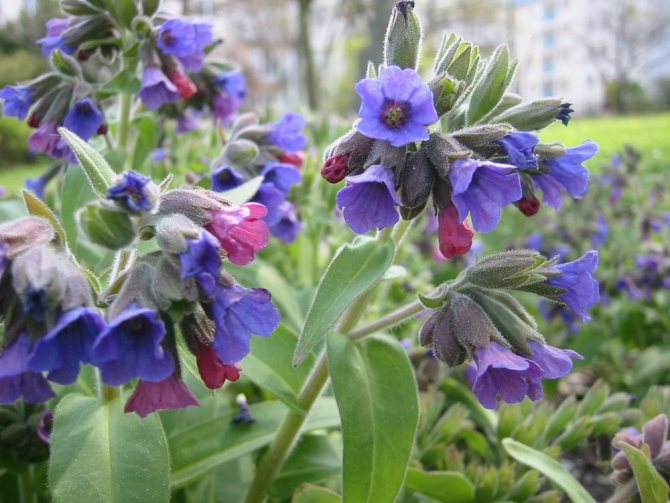
Lungwort
This beautiful useful plant prefers to grow in clearings, forest edges and in forest ravines. You can recognize it by the large number of blue-red flowers wrapped in wide ovoid leaves with a rough surface.
You can eat raw lungwort without fear. It is very useful, as it contains ascorbic acid, silver, carotene, saponins, tannins. For this purpose, only the ground part of the flower is used. Leaves and stems make a great addition to soup or fresh salad.
Asparagus
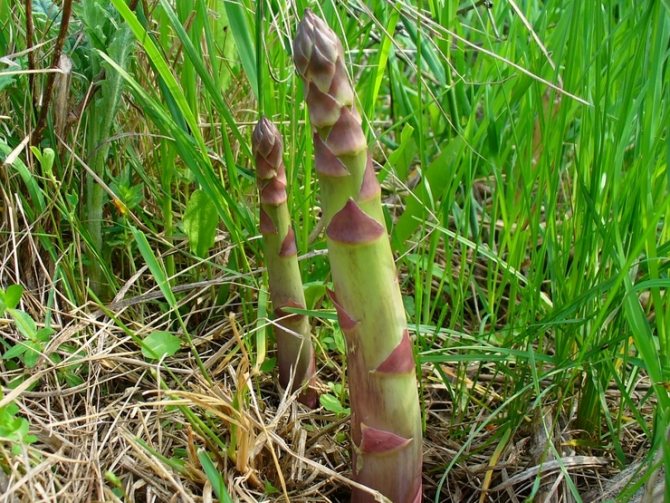
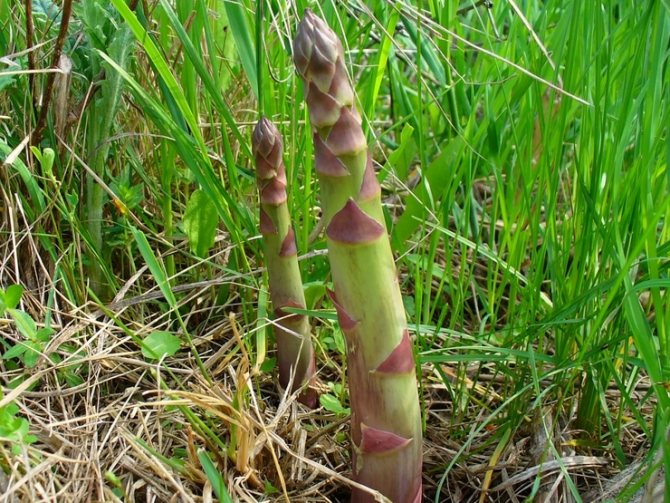
Asparagus
Wild asparagus is slightly different from store-bought asparagus, with a thinner stem, but generally recognizable. The forest plant has a bright red edible fruit. They ripen only by September, but if there is a need to eat something in natural conditions, then it’s not scary, the stems, root and shoots of asparagus are also edible. You can eat them raw, but if possible, it is better to boil them for a few minutes.
Mineral salts, saponin, essential oils are all found in wild asparagus.
Oxygen
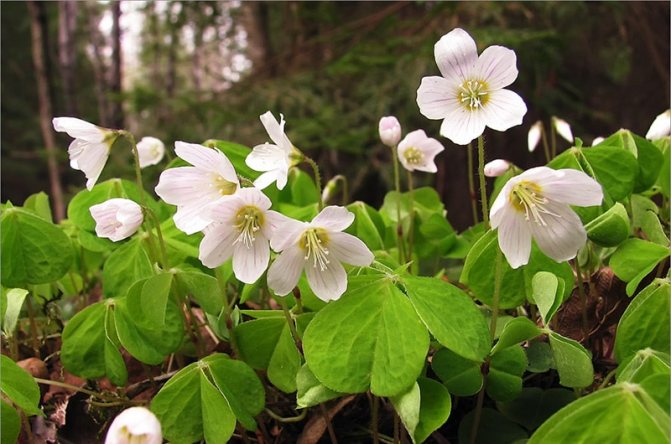
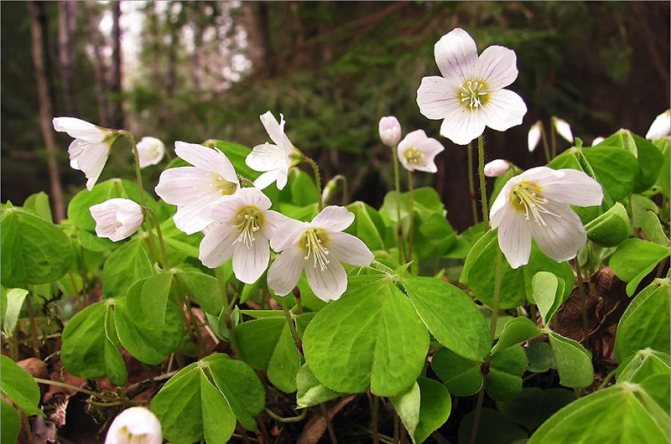
Oxygen
One of the few plants that does not have a stem. Its green leaves, which closely resemble clover, extend directly from the root. It can be found mainly in forests, especially in dark places, for example, under the trunks of fir trees.
The main advantage of acid is a high content of vitamin C. Along with it, the plant contains organic acids and carotene. You can eat its leaves raw to seize hunger if necessary, or you can simply chew them to quench your thirst due to the secreted juice. At home, sour cherry is added to cabbage soup, soups, salads and even brewed like tea.
List of nightshade crops
The family of nightshade crops is presented in the form of plants, lianas, shrubs and trees. This list contains many medicinal and poisonous plants, as well as ornamental crops. Many of them are vegetable crops, without which it is impossible to imagine human life – these are potatoes, peppers, tomatoes, tobacco and others. The list of nightshades is so diverse that some species are even unknown to humans.


Herbaceous plants
Herbaceous representatives of Solanaceae grow, as a rule, in the temperate climatic zone and are represented by annuals and perennials.
A large list of herbaceous plants are:
- vegetable crops (potatoes, eggplants, hot and sweet peppers, tomatoes, as well as melon pear and fezalis);
- medicinal herbs (belladonna, bittersweet nightshade, dope, black henbane, mandrake, carnioli scopolia);
- indoor plants (hybrid petunia, brugmansia, pseudo-pepper nightshade, ampelous calibrachoa, jasmine nightshade).
Vegetable plants
The cultivation of vegetable nightshades began in Europe as early as the 16th century. The varieties that we eat have had a long selection process.
Potatoes play an important role in the nightshade family. Today, this product is key in human nutrition. It can contain up to 25% starch (depending on the type of vegetable), a lot of complex carbohydrates, vitamin C and fiber.
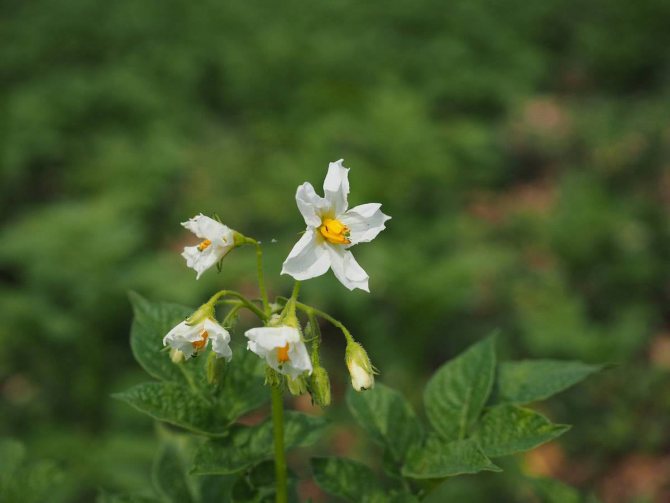

Potatoes
Eggplants were first discovered and grown in India. Then they were transported to European countries. The vegetable is still valued today due to the presence of a large amount of mineral compounds, vitamins and pectin.


In the photo: eggplant beds
Tomatoes on the dinner table today can be had all year round, since the vegetable is grown in greenhouses. This vegetable has a high nutritional value. It contains elements useful for anemia, heart disease and vascular problems. Doctors-gastroenterologists and nutritionists advise to eat raw tomatoes every day (the optimal portion of tomatoes for an adult is 100 g per day).
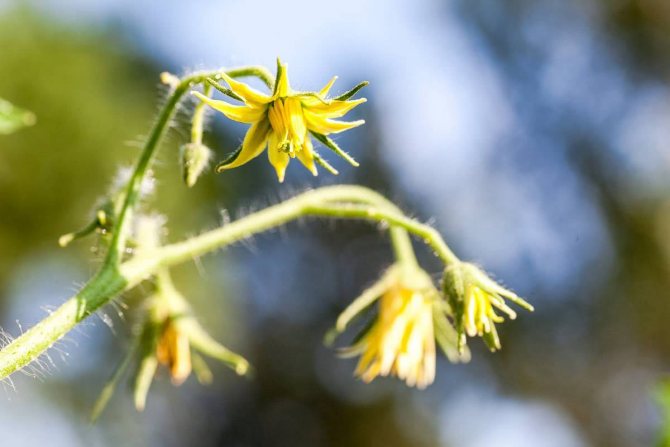
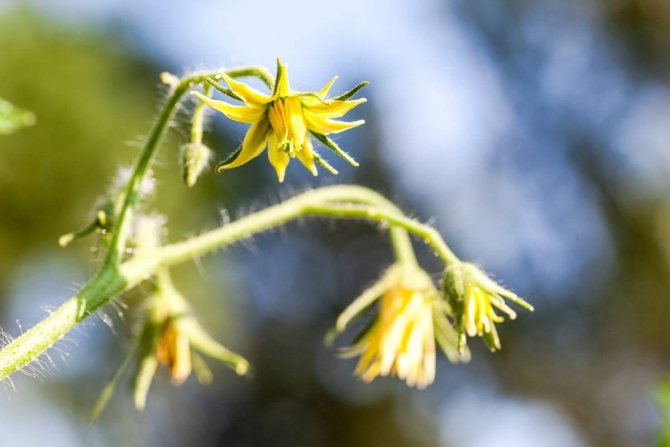
A tomato
Sweet and bitter peppers belong to the nightshade family. These fruits are characterized by a high content of vitamin C and mineral compounds. Eating pepper can lower blood cholesterol levels and strengthen blood vessels.
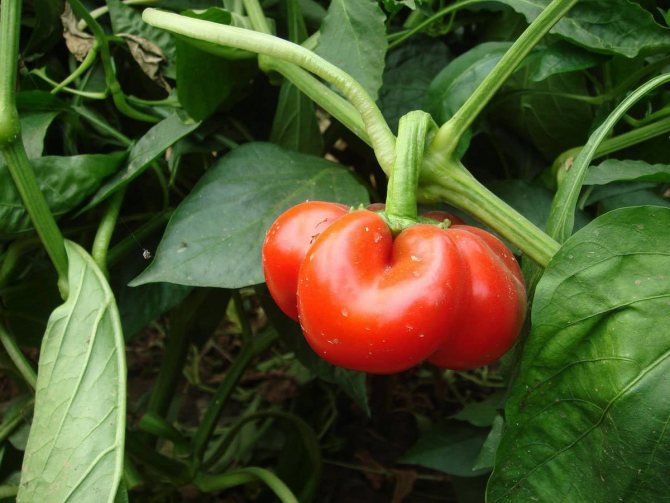
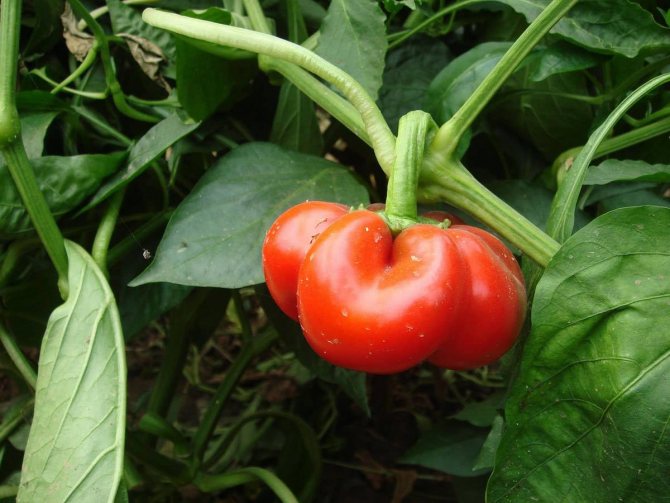
Sweet pepper
Physalis, also belonging to the nightshade family, is not in high demand in Russia, but it is popular in many countries of the world. For example, in Mexico they love him very much, because it is similar in taste and properties to our tomatoes. In South America, physalis varieties even include the strawberry berry-flavored species. Peruvian berries have a sweet and sour taste, which allows them to be salted and made into jam.
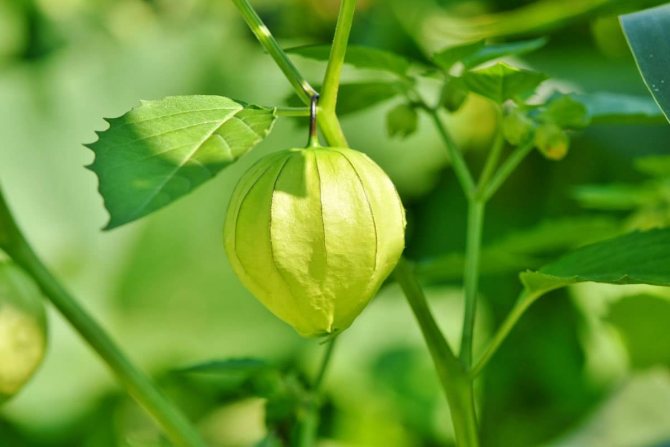
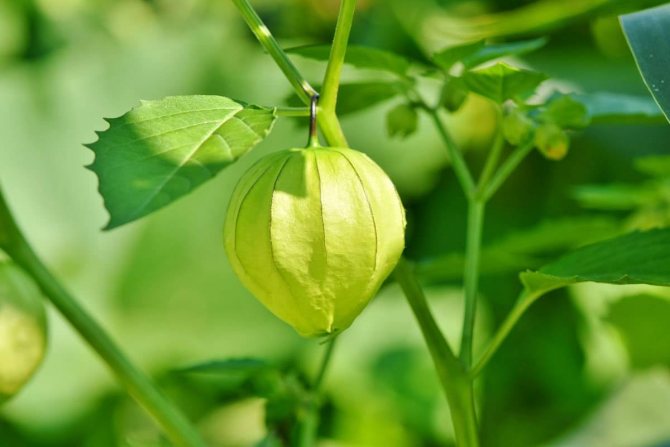
Fizalis
Melon pear is another interesting representative of the nightshade, which increasingly began to appear among summer residents. The fruit attracts attention with its pleasant sweet taste and the presence of a large amount of vitamins, keratin and iron. Melon pear has an excellent salty taste. It also makes an excellent jam.
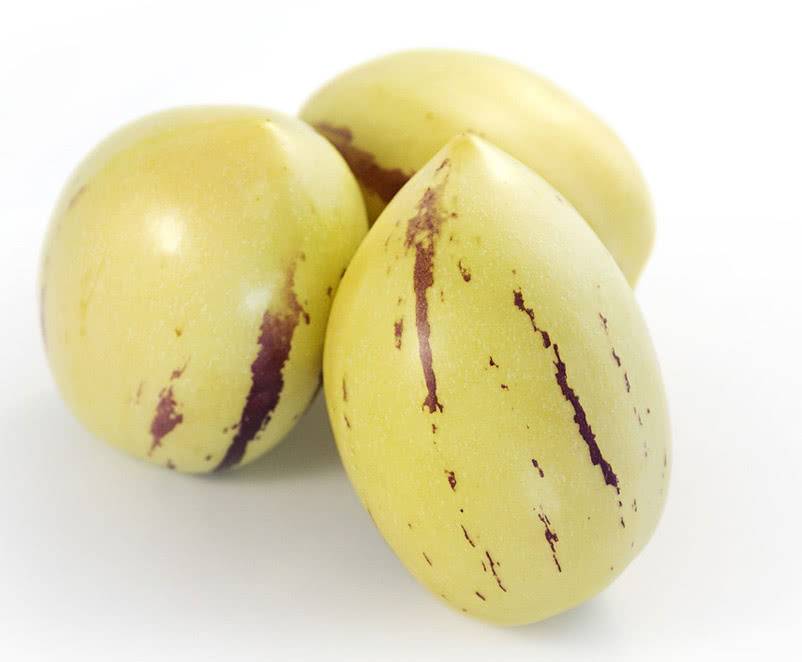
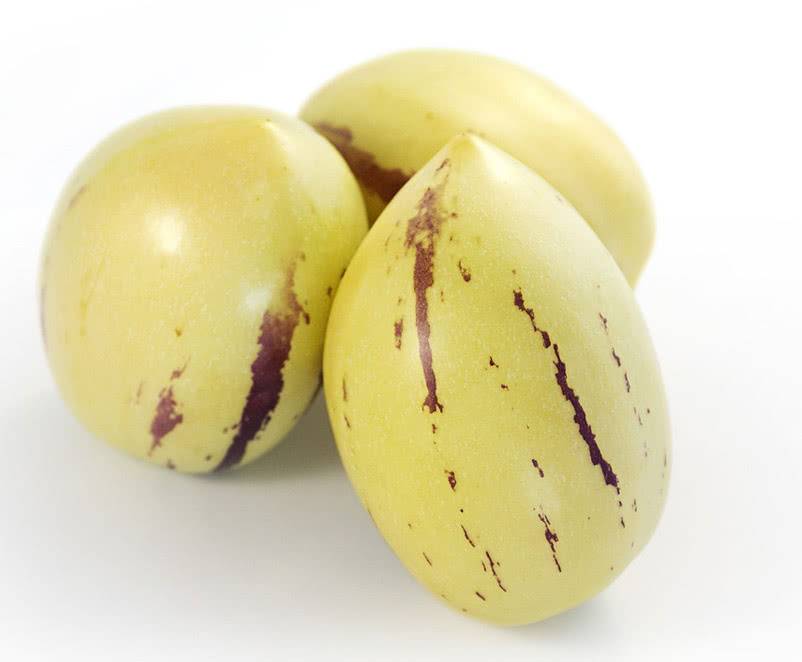
Melon pear
Decorative nightshade plants
A special place should be given to ornamental nightshade plants, which are highly valued by amateur gardeners. This category includes shrubs and creepers. They are characterized by beautiful flowering and fruits of unusual color and shape.
This is how the list of decorative solanaceous plants found in Russia looks like:
Wild plants
Such plants can be found on the outskirts of wastelands, near residential buildings, in vegetable gardens and garbage dumps. The most common is black nightshade – an annual herb half a meter high. The unripe fruits of nightshade, like many of its representatives, are poisonous. Although ripe, they can be safely consumed.
Along the country roads there are wild Datura, as well as black henbane, the use of which can be fatal.
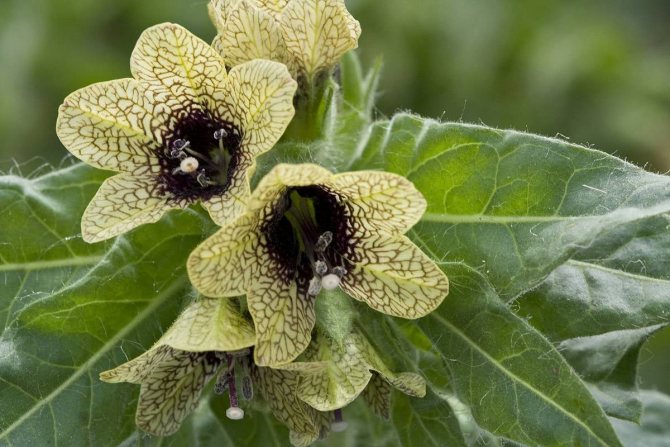

Black henbane
Medicinal plants of the Solanaceae family
Belladonna is in the greatest demand in medicine. The foliage of this plant is used by humans in the form of tinctures, tablets for gastrointestinal diseases, bronchitis, gynecological and heart diseases. Belladonna is also taken to eliminate toxins in case of mushroom poisoning. In small doses, the plant is able to reduce the secretion of the salivary and sweat glands. The effectiveness of belladonna is also manifested in the treatment of Parkinson’s disease due to the scopolamine contained in the culture.
Henbane is widely popular in folk recipes as an analgesic drug. But it is also effective in the treatment of pulmonary diseases, asthma, neuroses, insomnia. Helps henbane and headaches. Tincture of this plant can relieve stomach cramps and pain caused by gout. The use of a decoction of the leaves relieves inflammation and pain in rheumatism. An ointment made from henbane leaves is prescribed for bone tuberculosis.
Medicinal mandrake has gained popularity from ancient times as a herb that drives away diseases. The leaves of this plant are applied to wounds and treated as a pain reliever. Extracts and tinctures are prepared from them to eliminate skin pathologies and gastrointestinal diseases.
Bitter pepper, in addition to excellent taste, has a number of medicinal properties. So, vodka tincture of bitter pepper is used for radiculitis, intestinal infections, colds. In cosmetics, bitter pepper acts as an element that stimulates blood circulation and hair growth.
Black nightshade is taken for fevers, liver, skin problems (lichen, psoriasis) are treated with it. Pepper nightshade is effective in treating sore throats. The use of papillary nightshade allows you to overcome a wet cough.
Poisonous nightshade plants
Many nightshade plants fall into the poisonous category, which is why official medicine prescribes them in very small dosages. In this case, the use of some nightshade berries can lead to death. The list of the most dangerous crops includes:
- Belladonna. The medicinal plant is a herbaceous shrub that grows up to 1,5 meters. The belladonna is found on the outskirts of the forest, near water bodies and in woodlands. A stiff trunk, succulent foliage, a strong root system, flowers with bells of a dark purple hue, oblong leaves are sharp at the ends – all these are signs of a poisonous plant. The belladonna fruit is black, round and sweet. The poison is found in all parts of the culture. It will be enough for the animal to eat 3-5 berries to die. A person can be killed by 10 eaten fruits.
- Wolfberry. It is a perennial shrub growing up to 2 meters, with a spiral stem and oval leaves. The poisonous berry has a bright red color and a sweet, bitter taste. The plant is widely found in traditional medicine recipes. Gardeners from it prepare infusions that destroy pests.
- Henbane. The height of this biennial plant does not exceed 110 cm. The henbane’s stem is straight, rigid, with fine hairs. The leaves of the plant are covered with a delicate fluff. The inflorescences have a pale yellow tint. The fruit has the shape of a jug-box, in which about 500 seeds ripen. All parts of henbane are poisonous, sticky and give off an unpleasant odor. Official medicine uses seeds, stems and leaves. The use of the plant can provoke a hallucinogenic effect.
- Mandrake. This perennial plant grows without a stem in the form of a rosette up to 1,5 meters in diameter. The leaves of the mandrake are large, the roots resemble a human figure. Small, single flowers can be white-green, purple or blue. In ancient times, various potions were prepared from this plant to scare away evil spirits. The use of the plant can cause hallucinations and psychotropic effects.
- Annual tobacco. The plant grows up to 3 meters, has a straight trunk with rough leaves. Its pink-white flowers look like a narrow funnel with a diameter of 5 cm. The leaves of this plant contain a large amount of niacin, which is harmful to humans.
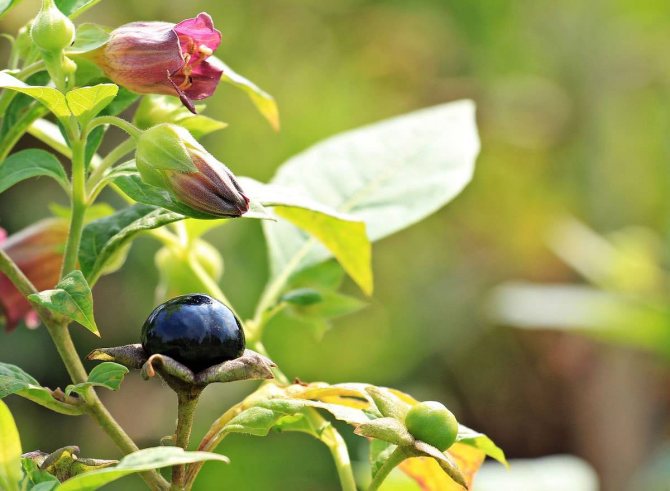
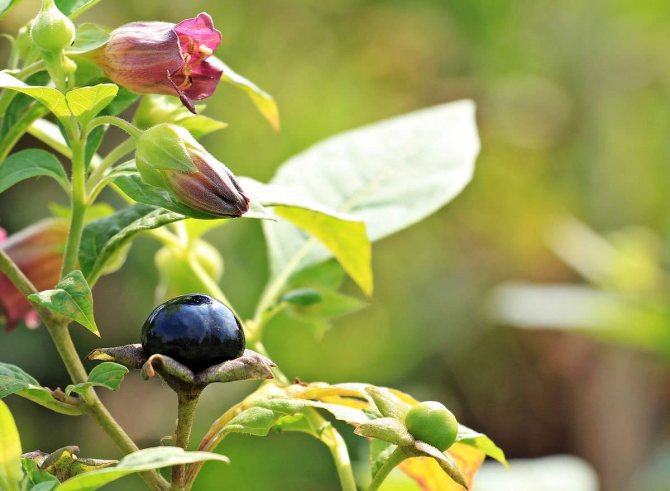
Belladonna
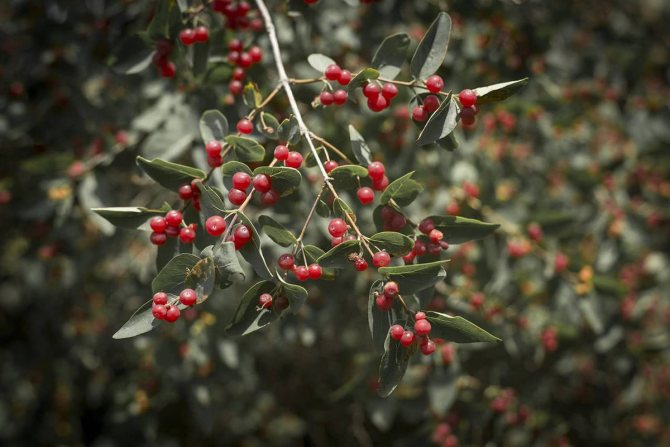
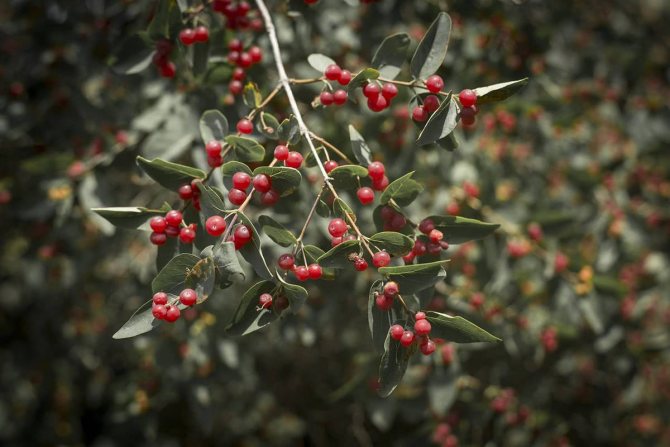
Wolfberry
Black henbane
Mandrake
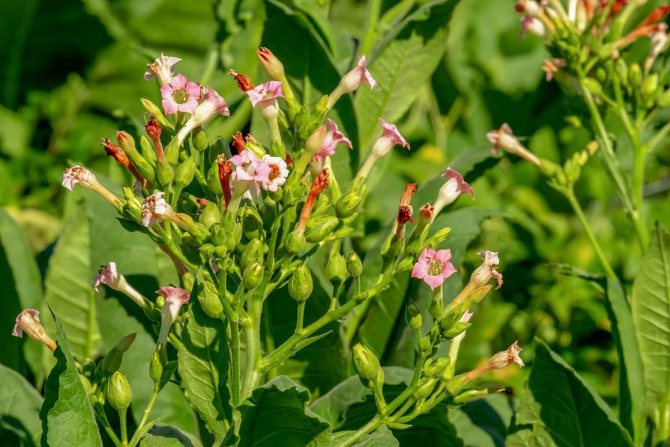
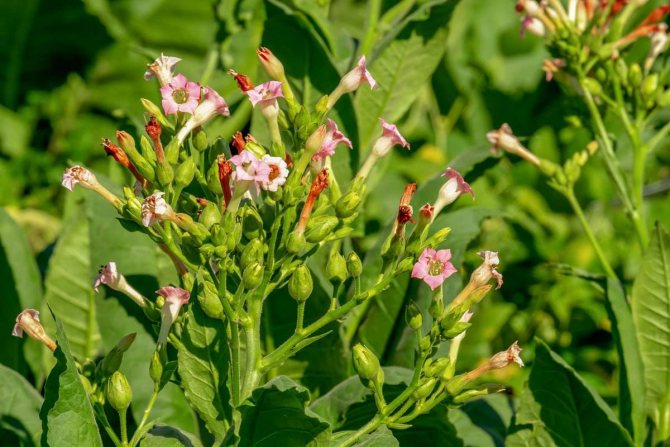
Annual tobacco
Sorrel

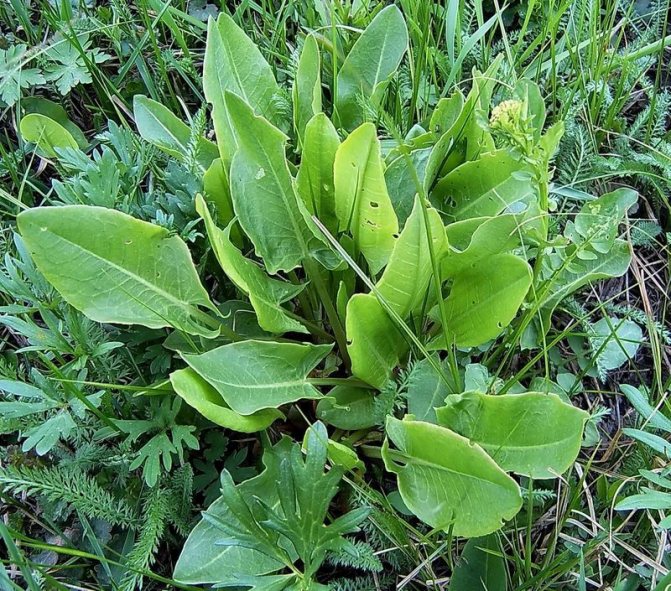
Sour sorrel (common)
Sorrel is one of the most famous edible plants. It is often grown independently in vegetable gardens, but can also be found in the wild. It is localized mainly in fields, meadows, along rivers and lakes.
The sour taste familiar to many is justified by the high content of organic acids. In the composition you can also find vitamins A, B, C and tannins. The stem of the plant is straight, and the leaves are spear-shaped.
Sorrel does not require any pre-treatment, except for washing, the leaves can be eaten immediately or added to other herbs and vegetables, making a healthy salad. And, of course, it is an indispensable component for sour cabbage soup.
